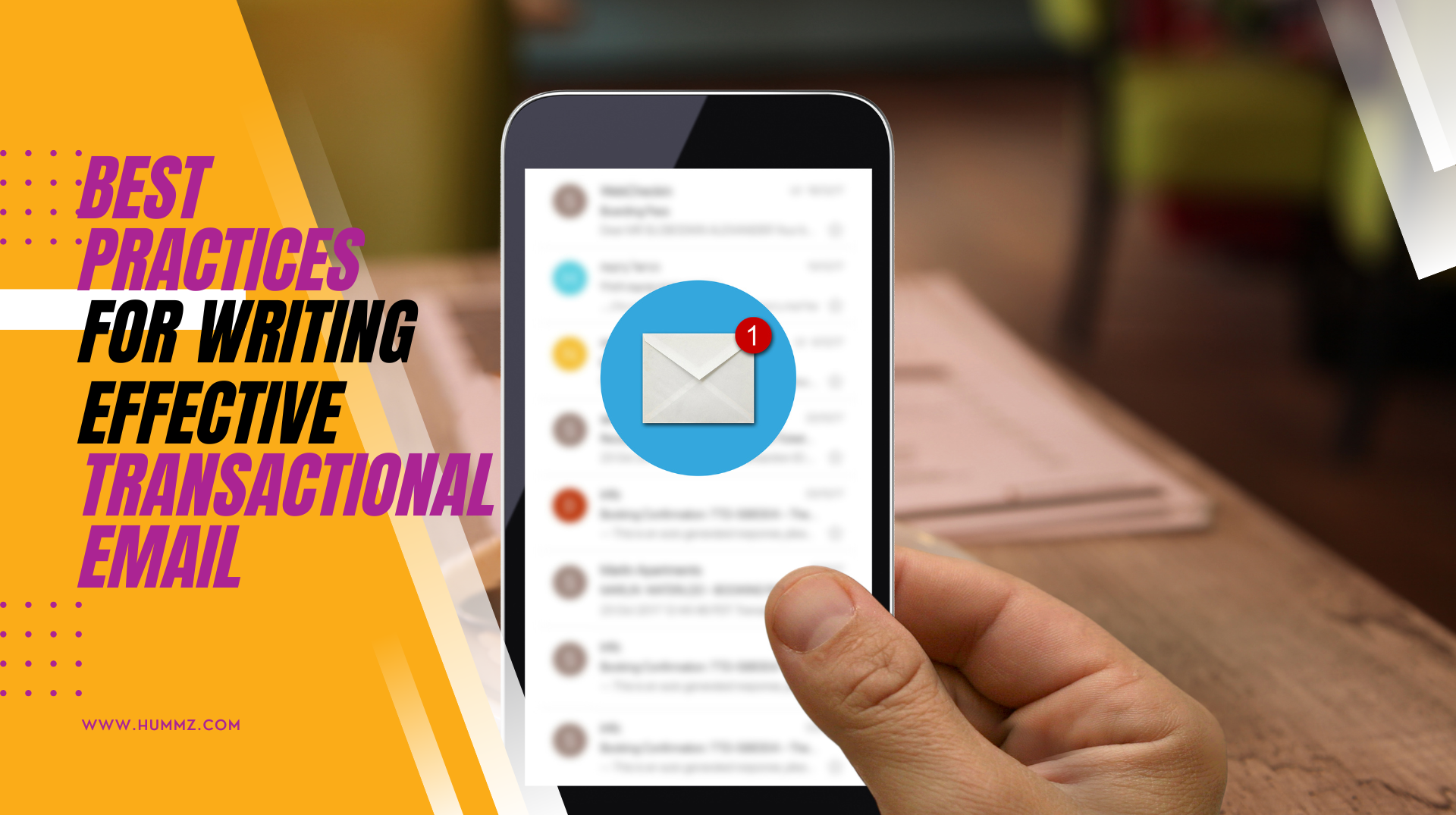
02 Feb Best practices for writing effective transactional emails
Writing effective transactional emails is crucial for maintaining good customer relationships and driving conversions. Here are a few best practices to keep in mind:
- Keep it simple: Transactional emails should be clear, concise, and easy to read. Avoid using jargon or complex language, and use formatting such as headings and bullet points to break up long blocks of text.
- Use a clear subject line: The subject line of a transactional email should be clear and specific, so that the recipient knows what to expect when they open the email. It should be short, attention-grabbing, and informative.
- Be personal: Transactional emails are an opportunity to build a relationship with your customers. Use the recipient’s name in the greeting and make sure the email is personalized to their interests and preferences.
- Be timely: Transactional emails should be sent as soon as possible after the triggering event. For example, if a customer places an order, the order confirmation email should be sent as soon as the order is processed.
- Include actionable information: Transactional emails should provide the recipient with useful information and clear next steps. For example, an order confirmation email should include the order number, shipping information, and a link to track the order.
- Optimize for mobile: Transactional emails should be optimized for mobile devices, as many customers will read them on their smartphones. Use a responsive design and make sure that links and buttons are easy to tap on a small screen.
- Include branding: Transactional emails are an opportunity to reinforce your brand and create a consistent customer experience. Use your company’s logo, colors, and tone of voice to create a cohesive look and feel.
- Include a call to action: Transactional emails are an opportunity to engage


